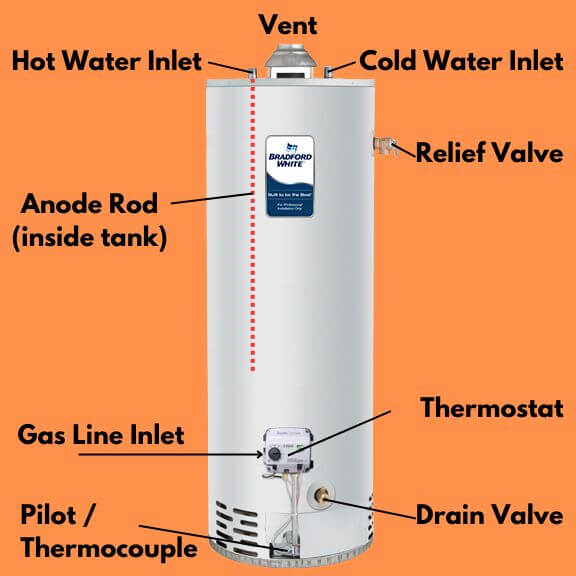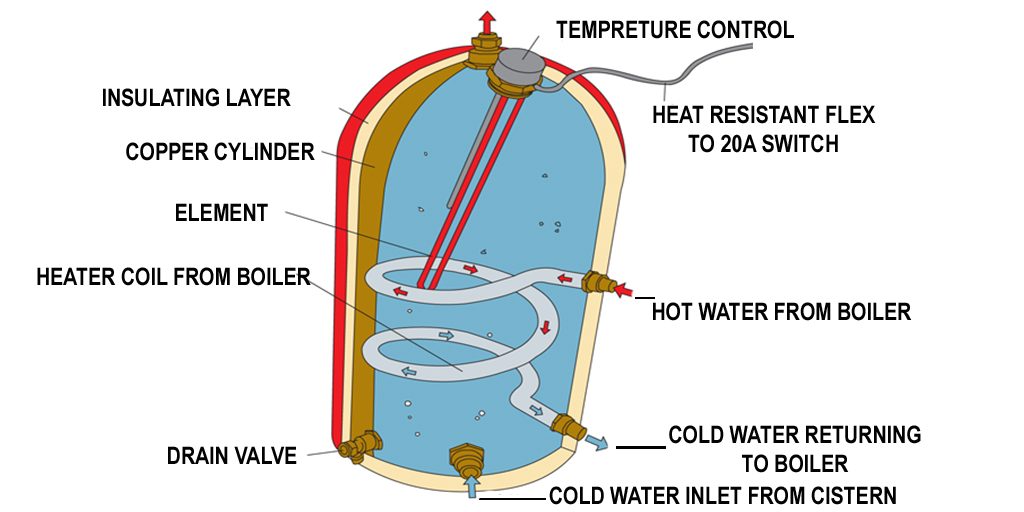
Understanding the Basics of Hot Water Tank Heaters
A hot water tank heater, also known as a water heater or geyser, is a vital appliance in most households. Its primary function is to heat water for various uses, including showering, bathing, washing dishes, and laundry. These devices come in different types and sizes, each with its own set of advantages and considerations.
Essentially, these tanks work by storing water and heating it to a desired temperature. Once heated, the water is ready for use, and the tank maintains the temperature until it’s needed again.
Types of Hot Water Tank Heaters
There are several types of hot water tank heaters, each with unique characteristics:
-
Electric Water Heaters: These heaters use electric heating elements to heat the water. They are generally easier to install and maintain, but they can be more expensive to operate, depending on electricity costs.
-
Gas Water Heaters: These heaters use natural gas or propane to heat the water. They tend to heat water faster and can be more energy-efficient than electric models, especially in areas with lower gas prices.
-
Solar Water Heaters: These eco-friendly heaters use solar panels to collect sunlight and heat the water. They can significantly reduce energy costs but require a sunny climate and a backup heating system for cloudy days.
-
Heat Pump Water Heaters: These heaters use electricity to move heat from one place to another, rather than generating heat directly. They are highly energy-efficient and can save a considerable amount on energy bills.

How Hot Water Tank Heaters Work
The basic principle behind a hot water tank heater is relatively simple. Cold water enters the tank through an inlet pipe, and a heating element (electric or gas) heats the water. Once the water reaches the set temperature, a thermostat turns off the heating element. The heated water rises to the top of the tank and is drawn out through an outlet pipe when needed.
Modern heaters often include features like temperature controls, safety valves, and insulation to improve efficiency and safety.
Maintenance Tips for Hot Water Tank Heaters
Proper maintenance is crucial for extending the lifespan and efficiency of your hot water tank heater. Here are some essential tips:
-
Flush the Tank Regularly: Sediment buildup can reduce efficiency and cause damage. Flush the tank at least once a year to remove sediment.
-
Check the Anode Rod: The anode rod protects the tank from corrosion. Replace it every few years.
-
Inspect the Temperature and Pressure Relief Valve: Ensure it’s functioning correctly to prevent pressure buildup.
-
Insulate the Tank: Insulating the tank can reduce heat loss and improve energy efficiency.
-
Check for Leaks: Regularly inspect the tank and pipes for any signs of leaks.

Choosing the Right Hot Water Tank Heater
Selecting the right hot water tank heater depends on several factors, including:
-
Household Size: Larger households require larger tanks.
-
Energy Efficiency: Look for models with high Energy Factor (EF) ratings.
-
Fuel Type: Consider the availability and cost of electricity, gas, or solar energy.
-
Space Requirements: Ensure you have enough space for the chosen tank size.
-
Budget: Compare the initial cost and long-term operating costs of different models.
By carefully considering these factors, you can choose a hot water tank heater that meets your needs and provides reliable hot water for years to come.
Safety Considerations

Safety is paramount when dealing with hot water tank heaters. Always follow the manufacturer’s instructions for installation and maintenance. If you’re unsure about any aspect of the process, consult a qualified professional.
Regularly check for gas leaks (if applicable) and ensure proper ventilation. Keep flammable materials away from the heater.
No comments:
Post a Comment
Note: Only a member of this blog may post a comment.